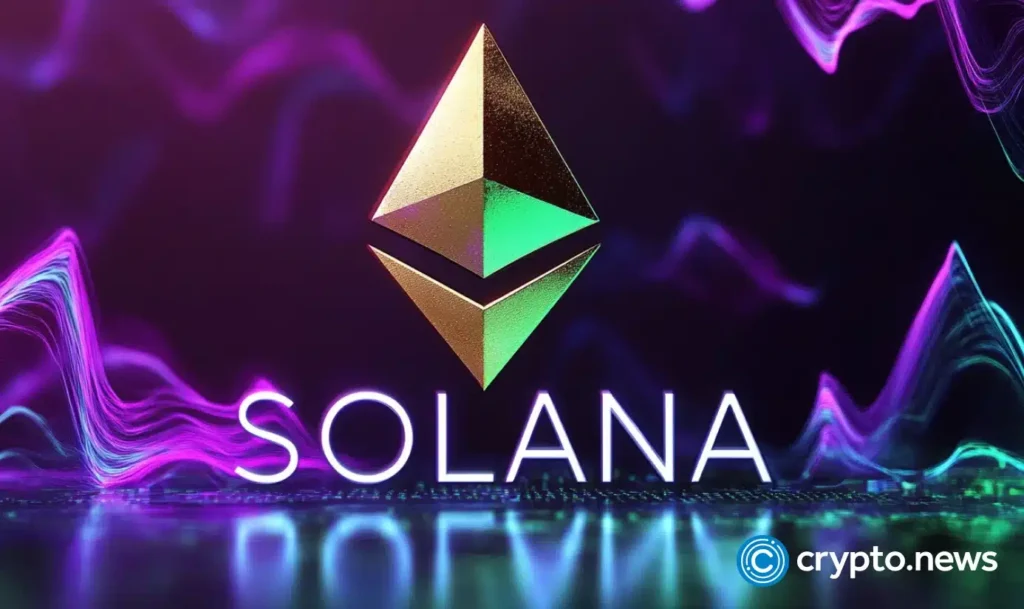Over the past week, there has been a notable increase in cryptocurrency movement towards Solana, with a substantial amount of tokens being bridged from various blockchains, including over $200 million worth of Ethereum. This trend is evident through data from deBridge Finance, showcasing assets from Ethereum (ETH), BNB Chain (BNB), and other blockchains being transferred to Solana, totaling over $300 million.
Bridge tokens play a crucial role in this process, allowing users to lock their original tokens on a native blockchain and mint or unlock equivalent tokens on Solana. Commonly referred to as “wrapped” tokens, such as wETH for Ethereum on Solana, bridging enables interoperability between different blockchains. The recent surge in token bridging to Solana could be attributed to the desire for diversification, exploring alternative strategies, and leveraging applications that are not limited to a single blockchain.
One of the key factors driving this influx of tokens to Solana is the platform’s recent speed upgrades, which have increased block limits and reduced blocktimes to 120 milliseconds. These enhancements, along with other feature upgrades, have made Solana an attractive option for investors seeking efficiency and scalability.
Moreover, lower transaction fees on Solana compared to Ethereum have also contributed to the growing interest in the platform. Additionally, Solana’s DeFi staking and yield ecosystem offer more attractive returns compared to similar opportunities on Ethereum. With a combination of Proof of Stake and Proof of History, Solana allows for high transaction throughput, making it a preferred choice for investors looking for higher yields and staking rewards.
Staking on Solana can yield approximately 7% APR, surpassing Ethereum’s returns due to its inflation rate and lower total staked supply. While Solana’s native staking may be less liquid than Ethereum’s, liquid staking protocols like Marinade Finance or Jito provide liquidity through tokens like mSOL or JitoSOL.
In conclusion, the significantly lower fees on Solana make yield farming more accessible for smaller investors compared to Ethereum, where high gas fees can impact profitability. However, some investors may still prefer Ethereum due to its battle-tested protocols, established smart contracts, and diverse range of decentralized applications. Ultimately, the choice between Solana and Ethereum depends on individual investment goals, risk tolerance, and preference for specific blockchain features.

